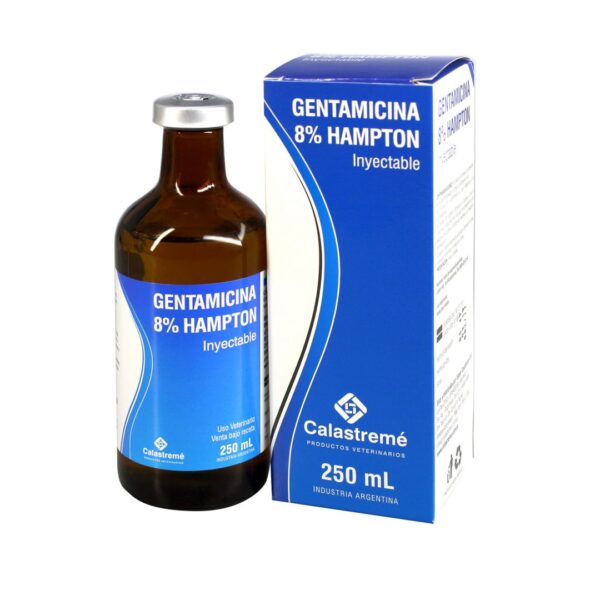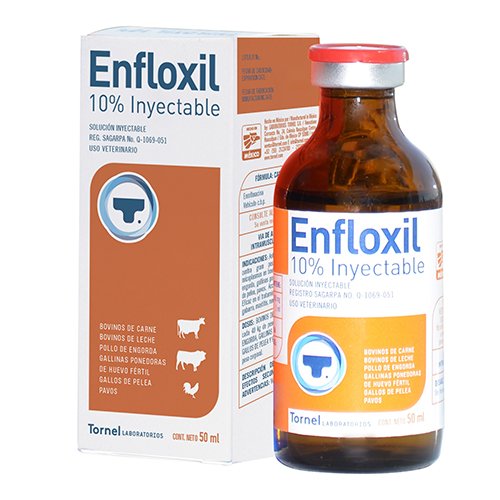GENTAMICINA 8% – EQUISYSTEMS – 250ML
Infections caused by sensitive germs. Septicemias. Infectious diarrhea. Metritis. Pneumonia. Infectious bronchitis. Urinary tract infection. Infected injuries.
GENTAMICINA 8% – EQUISYSTEMS – 250ML COMPOSITION: Gentamicine base (as sulfate) 8 g Excipients q.s. 100 ml
PRESENTATION: Vials containing 100 and 250 mL
DOSAGE: Current theories indicate the administration of 6.6 mg/kg/day in a sole application .In practice,30 to 35mL a day for an adult horse. Except otherwise indicated by the acting professional, the treatment should last from 4 to 5 days. In infectious diarrheas, 1 mg/kg twice a day via oral administration.In metritis, depending on the seriousness of the disorder, between 1 and 3 g a day. It is administered via intrauterine route, by completing 250 ml with physiological solution. In young animals (nursing), when the parenteral route is employed, the recommendation is to reduce the dose to a half.
ADMINISTRATION: Intramuscular. Intravenous.Intrauterine.
To be used in sport horses. Do not administer to horses that might be used for human food consumption.
WARNINGS AND CONTRAINDICATIONS: Do not associate with other aminoglycoside antibiotics. Do not mix in the same bottle or syringe with penicillin, carbenicillin, cephalosporin, amphotericin B or heparin. Do not use in animals with history of hypersensitivity to aminoglycosides or that show renal insufficiency; in pregnant mares or in animals for milk production. When administered in high doses or during a long time, this antibiotic can cause nephrotoxicity and affect the eighth cranial nerve. For this reason, with any of the circumstantial doses, it is advisable to control the renal function. Do not mix with Chloramphenicol, since it antagonizes with gentamicin. Do not combine with nephrotoxic or diuretic agents such as furosemide or ethacrynic acid. Do not use concurrently with muscle relaxants or during anesthesia with halothane or methoxyflurane.





Reviews
There are no reviews yet.